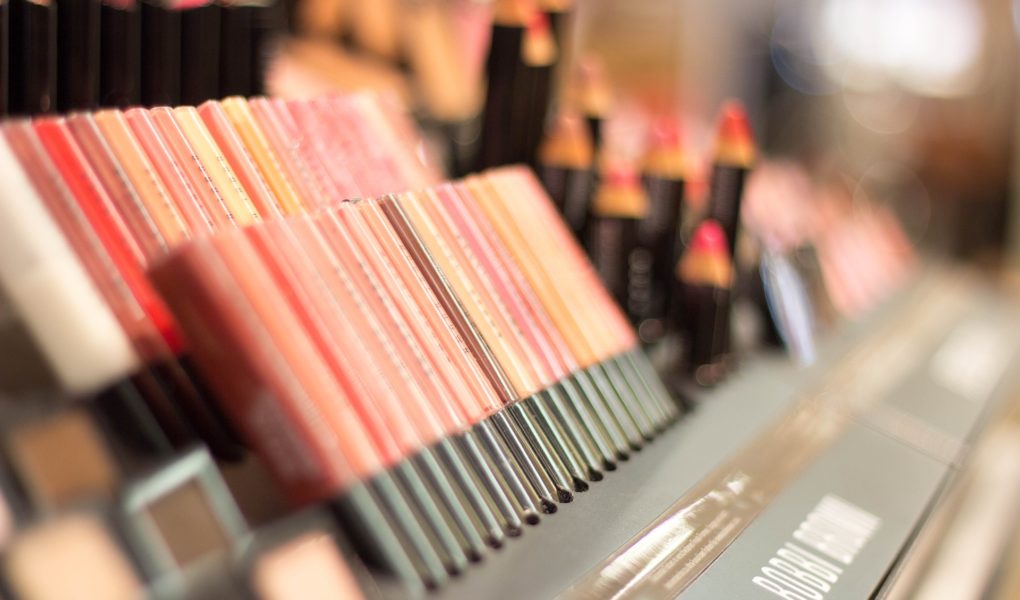More inspiration, more personalization, more advice - there is still a lot of potential for optimizing the user experience in online perfumeries.
A visit to the perfumery around the corner is an experience: you enter a fragrant world full of well-styled and friendly salespeople. Perfumes and makeup can be tried everywhere. Your favorite saleswoman greets you by name and knows exactly what you're missing. Even if you don't know it yourself yet. An expensive land of milk and honey for beauty fans.
But there is serious competition for local beauty stores on the Internet: online perfumeries such as Flaconi and Douglas' online store entice shoppers with big discount promotions and a leisurely shopping trip from the comfort of their sofa. But the shopping experience here has so far fallen far short of the usual perfumery experience. The consequence: a low-priced service desert.
Isn't it possible to better unite these two worlds? And how can online perfumeries in particular increase their customer loyalty and improve their shopping experience? Here come eight opportunities for online perfumeries from a UX perspective.
1. Personalization & Inspiration
There are numerous cosmetic products. The trick is to select the right products that match the skin type, skin tone, hair color and taste. With a large selection and few orientation aids, so-called information overload can quickly occur, i.e. the mass of products and information leads to a certain uncertainty among users. And uncertainty leads to purchasing decisions being delayed or not made at all.
Personalization could provide a remedy here. Online perfumeries could make a pre-selection of products based on questions to users (e.g., also through a manual filter of products labeled "Suits me") or make product suggestions (e.g., on the website or also in personalized newsletters). Appropriate questions here could be, for example: Which brands does the user prefer? What skin tone and hair color does the user have? Which perfumes does the user like?
Thinking further, an analysis of one's own type could also be made via camera and based on this, product and styling suggestions (also taking into account current trends) could be generated.
More personalization is a way to actually inspire users based on their type and preferences and make appropriate product recommendations.
2. Product Images and Videos
A picture of a cleared lipstick or eyeshadow palette is an absolute must. Decorative makeup in particular should be shown directly on models in product photos. Pictures or videos in context say more than a thousand words here: lipstick on lips, nail polish on nails, and eyeshadow on the eyelid. Only in this way can the user get a good impression of a beauty product.
The beauty brand bareMinerals, for example, has already gone one step further. On its website, users can try out lipstick shades directly on their own lips with the help of their own camera: Go to digital bareMinerals lipstick choice.
3. Tutorials
There are many questions around beauty products. How do I put makeup on my eyes correctly? How do I massage the serum into the skin correctly? How do I correctly emphasize the eyebrows? These are the little questions in between that a competent salesperson can answer in a playful way. In online perfumeries, however, there is currently hardly any help on specific products, so you have to watch tutorials on YouTube, for example, at the same time. This is time-consuming and expensive. It would be much nicer if instructions were integrated into the product descriptions. Video tutorials (preferably also with selected influencers) are worth their weight in gold here and provide additional inspiration. Because if you know exactly how to use a product optimally, there is less uncertainty and the purchase decision is easier.
4. Personal Consultation
Who hasn't experienced this? You had the perfect lipstick, but the product was taken out of the range. Now you're on the lookout for the same color, but this proves to be a difficult task due to the abundance of products and the product photos, where the color representation is often inaccurate.
While the specialist salesperson in the perfumery can help you directly, you currently search in vain for help in online perfumeries. Online, too, it would be nice to be able to explain your concerns to an advisor and receive support with product selection - whether in a live chat, by message, or even in a video chat. The supreme discipline would be to always have the same contact person, who would get to know one's preferences better over time. Alternatively, it would also be helpful for the case mentioned above if one could upload a picture of the old lipstick color and then be shown alternatives.
5. Samples
Beauty products are experience goods. That's how an economist would describe it. This means that you can't judge in advance whether you'll actually like the product in the end; you have to have experienced it live. For example, you can't know from the product description of a perfume on the Internet whether you actually like it. This is a major dilemma for online perfumeries, as it creates a high level of uncertainty for customers.
A good solution here would be to offer inexpensive trial samples, trial sizes or test packages. In this way, users could easily and quickly find out whether the respective product actually meets their own expectations.
6. Customers' Opinions
Satisfied customers make the best advertising and serve as orientation for users. Customer reviews can already be found under most products, but they could be placed more prominently or enriched with photos, for example. In addition, there could also be an indicator of how many customers like a particular item or which products were particularly popular in a certain period. It is always interesting for users to see what other users like and buy, and it provides an additional decision-making aid with a social component.
7. Exclusive Clubs & Surprises
The ever-popular loyalty card with loyalty points and discount campaigns is a good idea, but this type of customer loyalty does not automatically ensure satisfied and inspired regular customers. Exclusive clubs for regular customers with surprises (e.g., individual samples) or subscription models for favorite products with discounts, on the other hand, offer additional added value for users.
The Zalando subsidiary Zalon, for example, offers online style advice. Here, stylists put together an outfit based on the customer's own preferences. In addition to inspiration for new outfits, the customer also gets a certain surprise effect this way. A very similar model could also be applied to exclusive clubs for cosmetic products. Users provide details of their personal preferences and are sent a surprise package by their advisor - either as a one-off or even in a subscription model.
8. Better Networking of Stationary Trade and Online Store
Reaching your favorite salesperson via chat, having selected products from the perfumery around the corner sent to you, or sending your own online wish list to the perfumery in advance for pre-selection - stronger networking of stationary retail and online stores is desirable and also a competitive advantage of perfumeries with local stores.
Dear online perfumeries, there are still so many ways to optimize the user experience and ensure more inspiration and enthusiasm on the user side. That is precisely why it remains exciting to observe the developments in this area.



